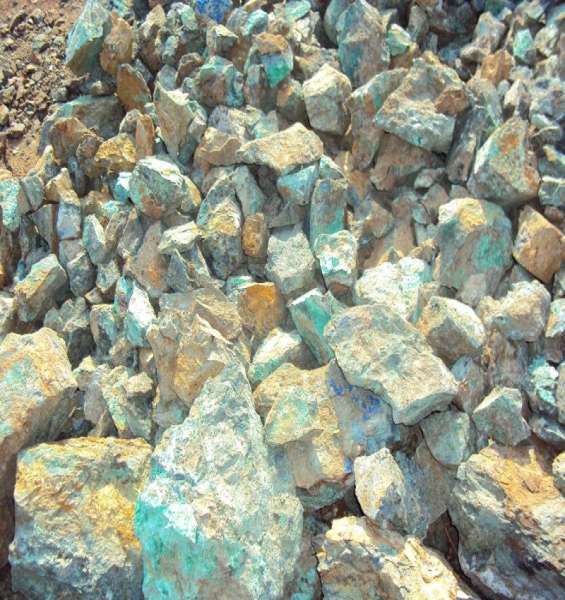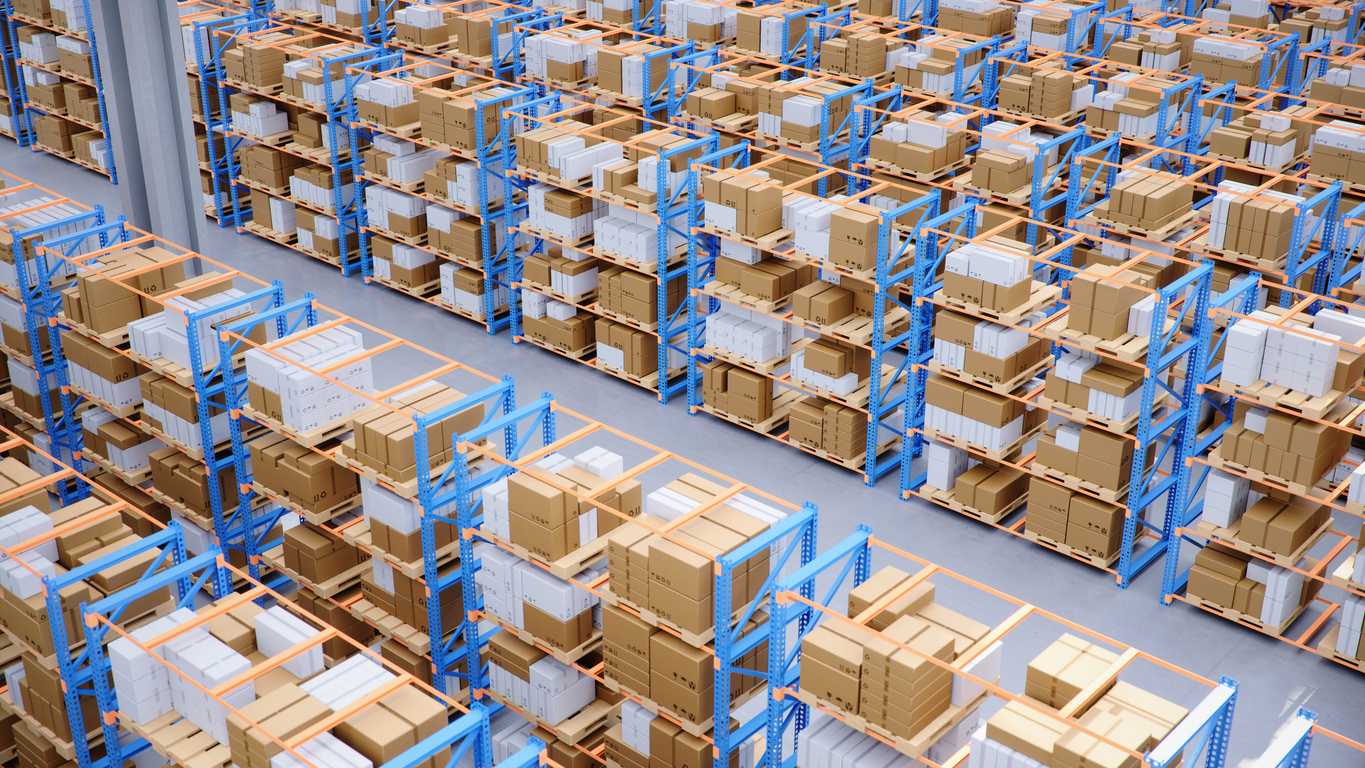The Ultimate Guide to Buying and Exporting Copper Ore from South Africa
The Ultimate Guide to Buying and Exporting Copper Ore from South Africa
The global demand for copper continues to grow. In fact, it is one of the few metals that has been affected positively by a rising population and increasing urbanization. The majority of the world’s copper is mined and produced in the Northern Hemisphere. As such, it is not always easy to source this raw material from other regions. For example, South Africa produces over 20% of the world’s copper ore. If you are interested in sourcing or exporting this raw material from South Africa, it is important you understand what makes these ores so different and why they are useful for different purposes. Keep reading to learn more about copper ore as well as its different types, how to buy it, what equipment you need to mine it, where to find suppliers, and how much money you can expect to spend on it.
What is Copper Ore?
Copper ore is a type of rock that contains copper-containing minerals. It plays an important role in the global supply chain of copper, which is used in a huge number of industries, from marine to construction. There are two types of copper ore that are commonly traded – sulfide and oxide. Sulfide copper ores are the most common and have been mined for thousands of years. They contain copper minerals that are most useful to extract copper from. On the other hand, oxide copper ores do not contain minerals that are useful for extracting copper. Therefore, they need to be processed before the copper can be extracted from them. Sulfide copper ores are often more valuable than oxide copper ores.
Buying Guide
When buying copper ore, it is important to understand the quality of the ore. Quality is dependent on how many minerals there are in a unit of the ore as well as how much copper is in it. To evaluate the quality of the ore, you should look at the following indicators: The Ore Grading: The ore grading is a number that indicates the ore quality. The grading system varies from one place to another. However, a grading between 20 and 30 is usually considered as low-grade ore. The higher the number, the better the quality. The Copper Content: The amount of copper in a unit of the ore is indicated by percentage. A grade of 80% and above is considered as high-grade ore. The Iron Content: The amount of iron present in the ore is measured in percentage. The ore with less than 0.1% of iron is said to be gold ore.
How much does it cost to export copper ore from South Africa?
The cost of exporting copper ore from South Africa depends on several factors such as the grade, the port of export, etc. The grade of the ore is the most important factor as it determines the value of the ore. A higher grade of ore is more valuable than a lower grade one. The port of export is also another important factor in determining the cost of exporting ore. The most common ports of export are Port Elizabeth and Saldanha. Port Elizabeth is closer to the mines and therefore, is cheaper to export from than Saldanha. The grade of the ore is also another factor that affects the cost of exporting ore. A higher grade of ore is more expensive to export than a lower grade ore.
Types of Copper Ore
There are two types of copper ore – sulfide and oxide. Sulfide Copper Ore: Sulfide ore contains copper minerals that are useful in extracting copper from the ore. This is the most commonly mined copper ore as it is easier and less expensive to extract copper from this type of ore. Examples of sulfide ore include chalcopyrite and bornite. Oxide Copper Ore: Oxide ore does not contain minerals that are useful for extracting copper. Instead of extracting the copper from the ore, the ore has to be firstly smelted to convert it into the oxide form. Only then, the copper can be extracted from the oxide ore. Examples of oxide ore include hematite and magnetite.
Equipment and infrastructure required to mine copper ore
If you are interested in mining copper ore, you need to be aware of the fact that it is a very complex process. It requires a lot of capital as well as a significant amount of time to set up the entire mining operation. It is not something you can do in your backyard. Traditionally, copper ore has been mined using open pit mines. However, the trend towards sustainability has led to a shift towards underground mining. Underground mining is considered as a better option than open pit mining as it doesn’t have a significant impact on the environment. Moreover, it is also a safer way to mine. Underground mining is done using either a block caving or a room and pillar method. The block caving method involves the excavation of large blocks of ore, followed by removal of the overburden. The room and pillar method involves the complete removal of the overburden.
Conclusion
The global demand for copper continues to grow. In fact, it is one of the few metals that has been affected positively by a rising population and increasing urbanization. The majority of the world’s copper is mined and produced in the Northern Hemisphere. As such, it is not always easy to source this raw material from other regions. For example, South Africa produces over 20% of the world’s copper ore. If you are interested in sourcing or exporting this raw material from South Africa, it is important you understand what makes these ores so different and why they are useful for different purposes. Keep reading to learn more about copper ore as well as its different types, how to buy it, what equipment you need to mine it, where to find suppliers, and how much money you can expect to spend on it.







LEAVE A COMMENT
You must be logged in to post a comment.